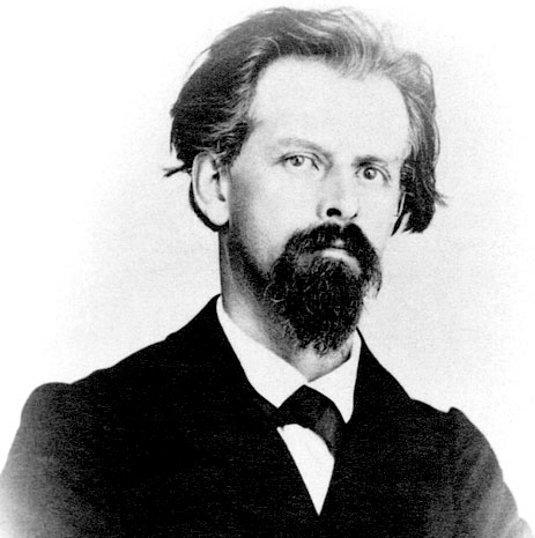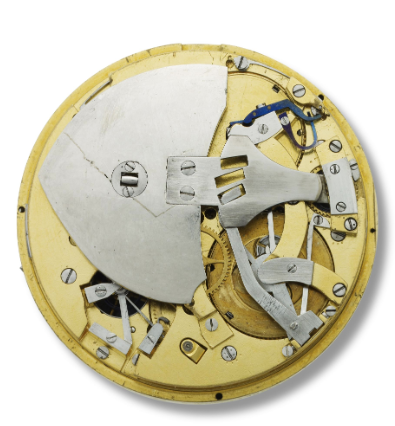Louis Vuitton has a name synonymous with prestige, exclusivity, and an expected level of respect only afforded to companies that have been in continuous succession for over a hundred years. The brand is often seen throughout the media adorned by the world’s celebrities, creating a marketing guise perpetuated within the nations youth and aficionados to be. Among the lines of leather goods and ready to wear, Louis Vuitton entered a new category in the luxury market with a select line of timepieces. From 2002 and on, a significant number of sport and luxury themed watches have been released. This year, before the 2016 SIHH, Louis Vuitton was awarded a seal of quality that only a select few watch manufactures are allowed to bear: the Poinçon de Genève. The seal was awarded to their Flying Tourbillon Poinçon de Genève on the 13th of January 2016.
The watch is a hand-wound skeletonized tourbillon movement (LV104) set in a platinum case and bound by an alligator strap. Louis Vuitton premiered the watch among a select set of members, some of which have placed orders. The list price for the watch is going to be set roughly at 200,000 Euros, with maybe future materials and models commanding higher prices. It is an astonishing achievement, especially among companies that have only been making watches for a short period of time. Has Louis Vuitton attained the be-all and end-all when it comes to existing in the watch industry? I don’t think so. But it is still an exceptional signatory for a company to achieve. But why has this appointment brought excitement throughout the worlds watch enthusiasts and media agents? What is the Poinçon de Genève and why is it the ultimate accolade to be adorned by a watch?
I’m going to find out.
The Poinçon de Genève is a certification label for fine watchmaking based off of a strict adherence of control during the manufacturing of a watch. The organizations that are responsible for overseeing the application of the rules of the legislation is comprised by an operated legislative body, executive body, and a judicial body. The supreme entity recognized by the Geneva Council of State is the Foundation Council of the Geneva Laboratory of Horology and Microengineering; it is the legal body and the only guarantor of the seal. In 1886, the Grand Council of the Republic and Canton of Geneva passed Law I 1.25 on the voluntary testing of watches in response to the need for a high-quality certification in watchmaking. In 2008, the law was updated to refine the manufacturing processes that included even higher standers to be followed.
In order for the Poinçon de Genève to be applied to a watch, the governing body must evaluate the criteria attained throughout every stage in the manufacture of a timepiece. Some of the criteria that must be followed in regards to the manufacturing process involve some of the most elemental parts within the watch mechanism. The baseplates and bridges, adjustment systems, wheel train and jewels, and the shaped parts must be made and decorated with expected quality. The baseplates and bridges must not have any evident marks made during manufacturing. The adjustment systems, like the balance-wheel and balance-spring, must be finished with great attention to detail and the mechanism must not use synthetics in their construction. Wheel train and jewels must be impeccable in appearance and design. The shaped parts, like the baseplates and bridges, must not bear any marks left over from the manufacturing processes.
Apart from the limitations set about for individual pieces, the timepiece must also adhere to very fine levels of precision and overall quality. It’s accuracy in keeping time, resistance to shocks and water, and the correct operations of its multiple functions must operate with absolute precision. A watch that receives the stamp of approval has to be found to have “all the qualities of craftsmanship to ensure regular and long-lasting operation” as defined by law.
Only the likes of Vacheron Constantin and Roger Dubuis are known to have the seal of approval, and now Louis Vuitton has entered the exclusive group. It is important for manufacturers to continuously dedicate themselves to preserving the centuries old art of mechanical time keeping and when one achieves a level of precision and beauty it is truly a great accomplishment to be respected by all of us watch fanatics.
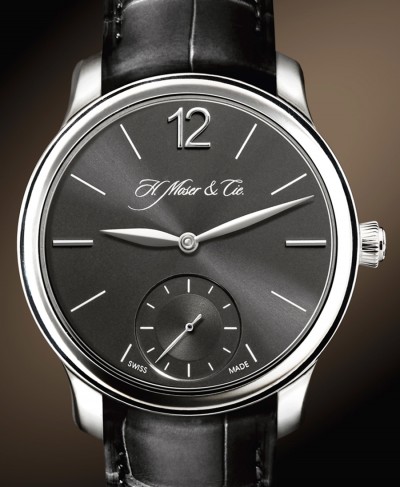


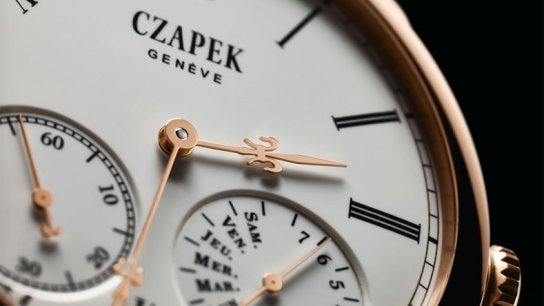
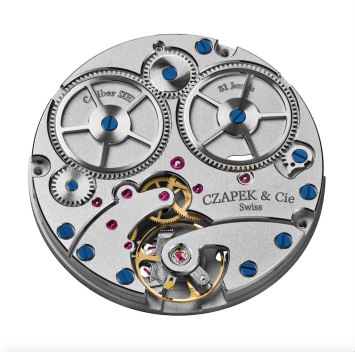
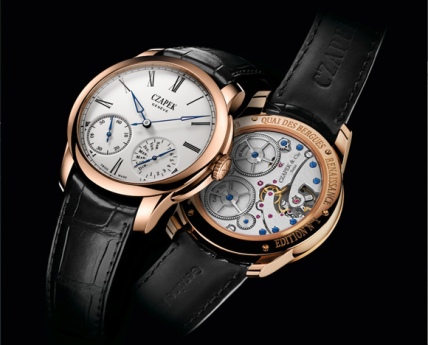
 I am completely infatuated with BOVET timepieces. They are astonishing testaments to what can be done when care and passion are unified.
I am completely infatuated with BOVET timepieces. They are astonishing testaments to what can be done when care and passion are unified.

